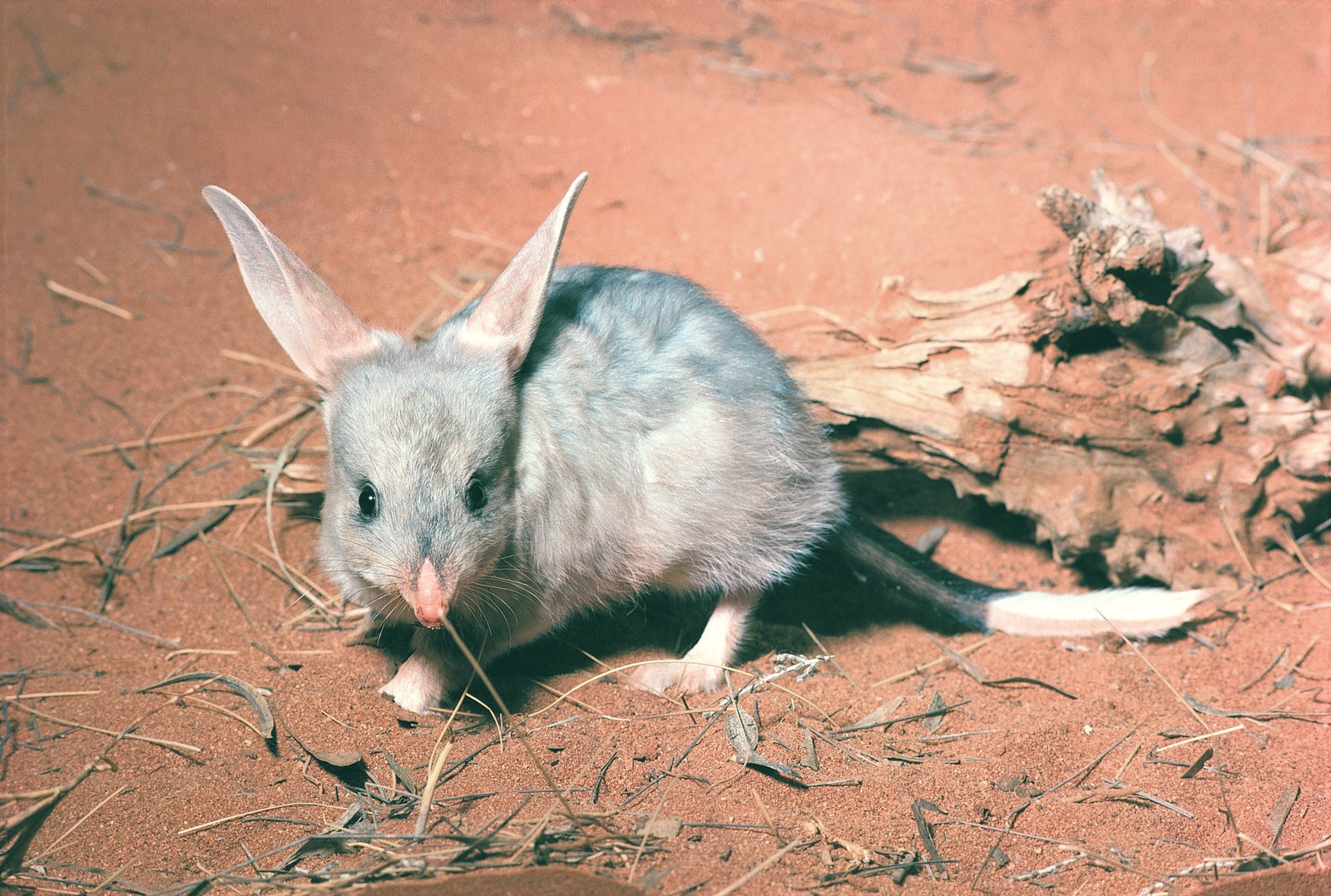Australia's answer to the Easter bunny ... the Easter Bilby!
During this holiday season, we thought that you may like to know more about Australia’s answer to the beloved ‘Easter bunny’… the Easter Bilby!
The Easter Bilby is often promoted as Australia’s answer to the Easter Bunny. Although confusingly, neither rabbits nor bilbies lay eggs! While the bilby’s long ears and burrowing habits are indeed reminiscent of rabbits, that is about where the similarity ends.

The Greater Bilby (Macrotis lagotis)
Image: HOWARD HUGHES© Australian Museum
Bilbies are ground dwelling marsupials of the bandicoot family and last shared a common ancestor with rabbits over 100 million years ago!
While there are hundreds of breeds of European Rabbits (Oryctolagus cuniculus) found on every continent (except Antarctica), there are only two species of bilbies, and they are found only in Australia.
Sadly, one of these species, the Lesser Bilby (Macrotis leucura) became extinct in the 1950s, whilst its larger cousin the Greater Bilby (Macrotis lagotis) has declined significantly throughout most of its distribution and is now a threatened species.

The Lesser Bilby (Macrotis leucura) became extinct in the 1950s.
Image: O Thomas© Australian Museum
In contrast, there are tens of millions of rabbits world-wide and in many areas, they are regarded as pests. Rabbits of course, breed like rabbits. Females mature at 3-4 months, can give birth to 7 young (kits) per litter and produce 5 or more litters a year. Bilbies take things more slowly, usually producing two young per litter, which are kept in a backward opening pouch for ~80 days and having a maximum of four litters a year in ideal conditions. That’s a maximum of 8 young bilbies for at least 35 rabbit kits per female, each year!
Greater Bilbies are now found only in arid south-western Queensland and north-western Australia. However, historically they were much more widespread and occurred in a diversity of habitats. They were once common and widely distributed throughout most of New South Wales. For example, the Australian Museum’s Mammal Collection has Greater Bilby specimens from places like Dubbo, Moree, Gilgandra, Goulburn, Bourke, Grenfell, Narrandera and Coonamble. The Greater Bilby appears to have made its last stand in NSW in the Riverina in the 1910s. Now, after an absence of over 100 years, Greater Bilbies are being re-introduced into predator-proof enclosures at several sites in western NSW.
The Bilby finding its way into our Easter celebrations and chocolate stores, will hopefully increase awareness of this unique and threatened Australian species and promote its long-term survival.
For more on Bilbies, be sure to look at:
Dr Mark Eldridge, Principal Research Scientist, Terrestrial Vertebrates, Australian Museum Research Institute
Dr Sandy Ingleby, Mammals Collection Manager, Terrestrial Vertebrates, Australian Museum Research Institute
Dr Anja Divljan, Research Assistant (Mammals), Terrestrial Vertebrates, Australian Museum Research Institute

